Strawberry Problem
denwa51
10 years ago
Related Stories

SPRING GARDENINGSummer Crops: How to Grow Strawberries
Pluck your own sweet strawberries right from the garden vine for smoothies, salads or eating then and there
Full Story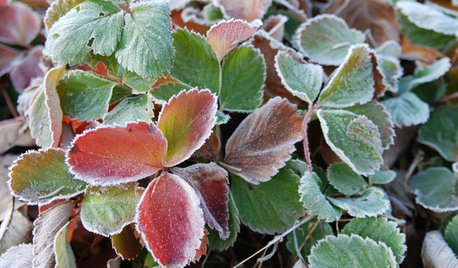
GARDENING GUIDESGreat Design Plant: Strawberries for All Seasons
An edible carpet? It's possible with a mass planting of this tough ground cover
Full Story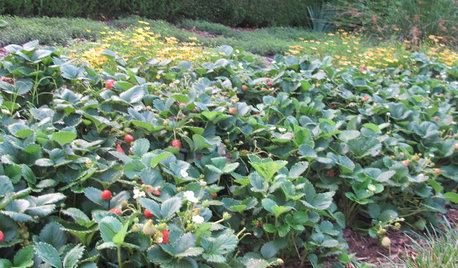
REGIONAL GARDEN GUIDESSoutheast Gardener's September Checklist
Fertilize strawberries, plant a tree or two and beckon hummingbirds to your Southern garden this month
Full Story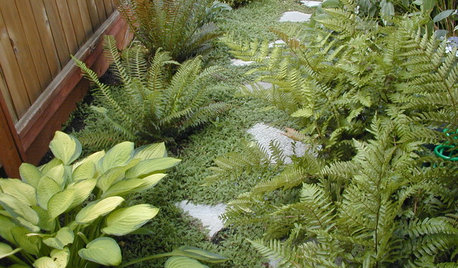
LANDSCAPE DESIGN6 Great Ways With Garden Ground Covers
Use them as problem solvers, weed killers, color and texture providers ... ground cover plants have both practical and visual appeal
Full Story
GARDENING AND LANDSCAPINGDIY Project: Reinvented Party Table
Turn Everyday Items Into Casual-Chic Outdoor Decor
Full Story
GARDENING GUIDESVegetables and Flowers Mix in Beautiful Edible Gardens
Ornamentals, meet your edible garden mates. We know you'll get along just beautifully
Full Story
GARDENING FOR BUTTERFLIESGardening for the Bees, and Why It’s a Good Thing
When you discover how hard bees work for our food supply, you may never garden without them in mind again
Full Story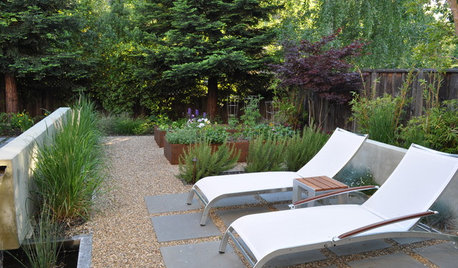
URBAN GARDENSHarvest the Bounty of a Patio Garden
Make the most of small spaces on decks and balconies to enjoy your pick of vegetables, fruits and herbs
Full Story
PETS6 Ways to Help Your Dog and Landscape Play Nicely Together
Keep your prized plantings intact and your dog happy too, with this wisdom from an expert gardener and dog guardian
Full Story
CONTAINER GARDENS7 Deer-Resistant Flowers for Your Summer Containers
Grow these as protection for edibles or just for their colorful beauty — deer might not like them, but everyone else will
Full StoryMore Discussions






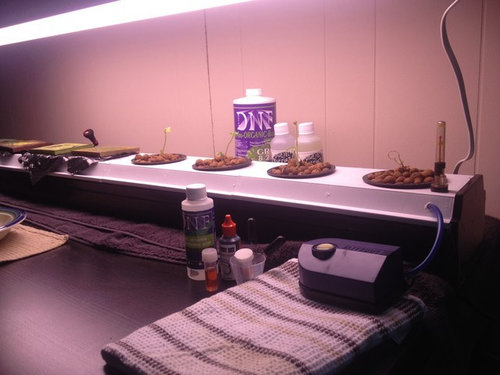
PupillaCharites
hex2006
Related Professionals
Derry Landscape Architects & Landscape Designers · 70037 Landscape Architects & Landscape Designers · Cottonwood Landscape Architects & Landscape Designers · Leawood Landscape Architects & Landscape Designers · River Forest Landscape Architects & Landscape Designers · Simi Valley Landscape Architects & Landscape Designers · Tempe Landscape Contractors · Cedar Hill Landscape Contractors · Marlborough Landscape Contractors · Mission Landscape Contractors · Mission Viejo Landscape Contractors · Nashua Landscape Contractors · South Hackensack Landscape Contractors · Merrifield Landscape Contractors · Hueytown Landscape Contractorsdenwa51Original Author
denwa51Original Author
PupillaCharites
hex2006
denwa51Original Author
denwa51Original Author
hex2006
PupillaCharites
hex2006
PupillaCharites
hex2006
PupillaCharites
denwa51Original Author
denwa51Original Author
denwa51Original Author
PupillaCharites
denwa51Original Author
PupillaCharites
denwa51Original Author
PupillaCharites
denwa51Original Author
denwa51Original Author
denwa51Original Author
PupillaCharites
denwa51Original Author
denwa51Original Author
denwa51Original Author
PupillaCharites
denwa51Original Author
SSZLAZ
denwa51Original Author
denwa51Original Author